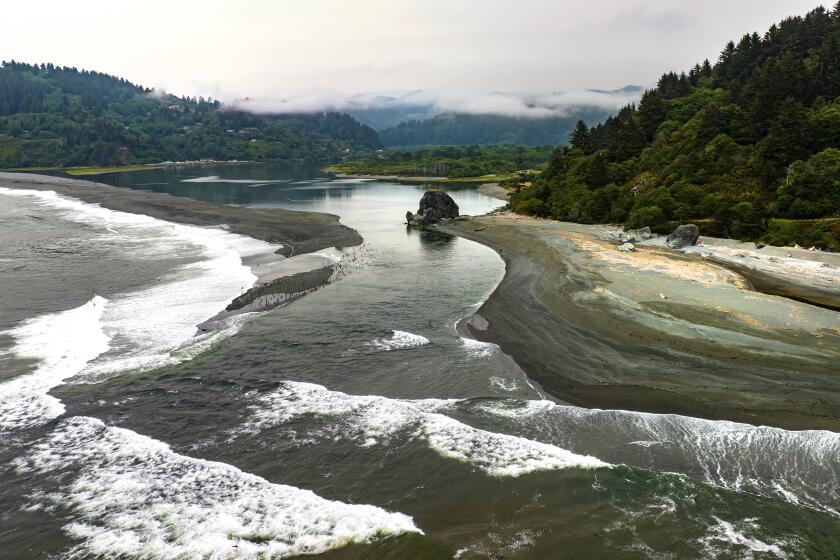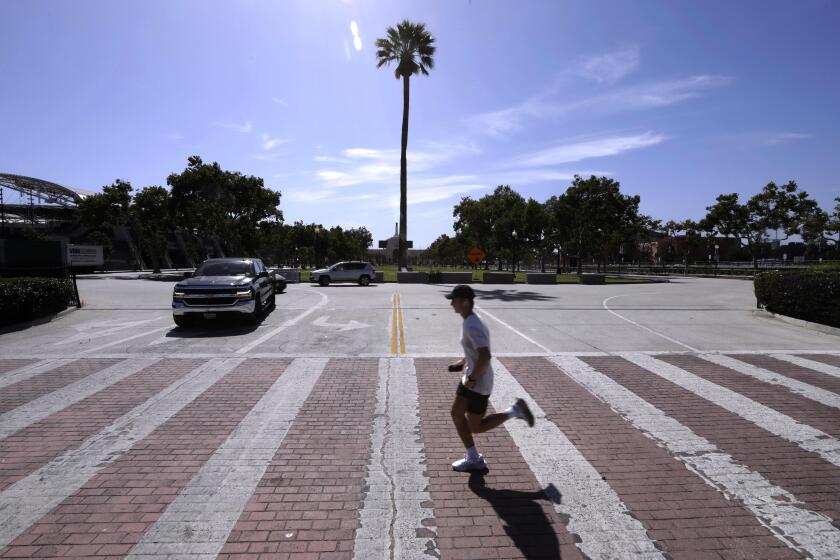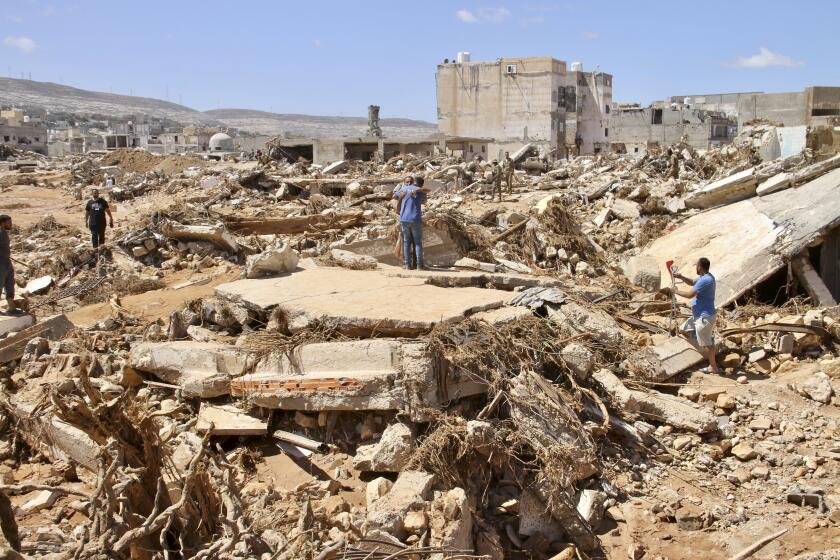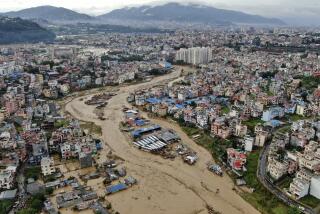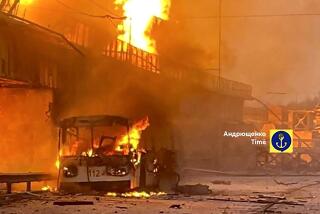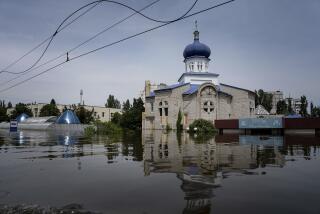Icy floodwaters kill at least 41 in India’s Himalayan northeast after dam burst
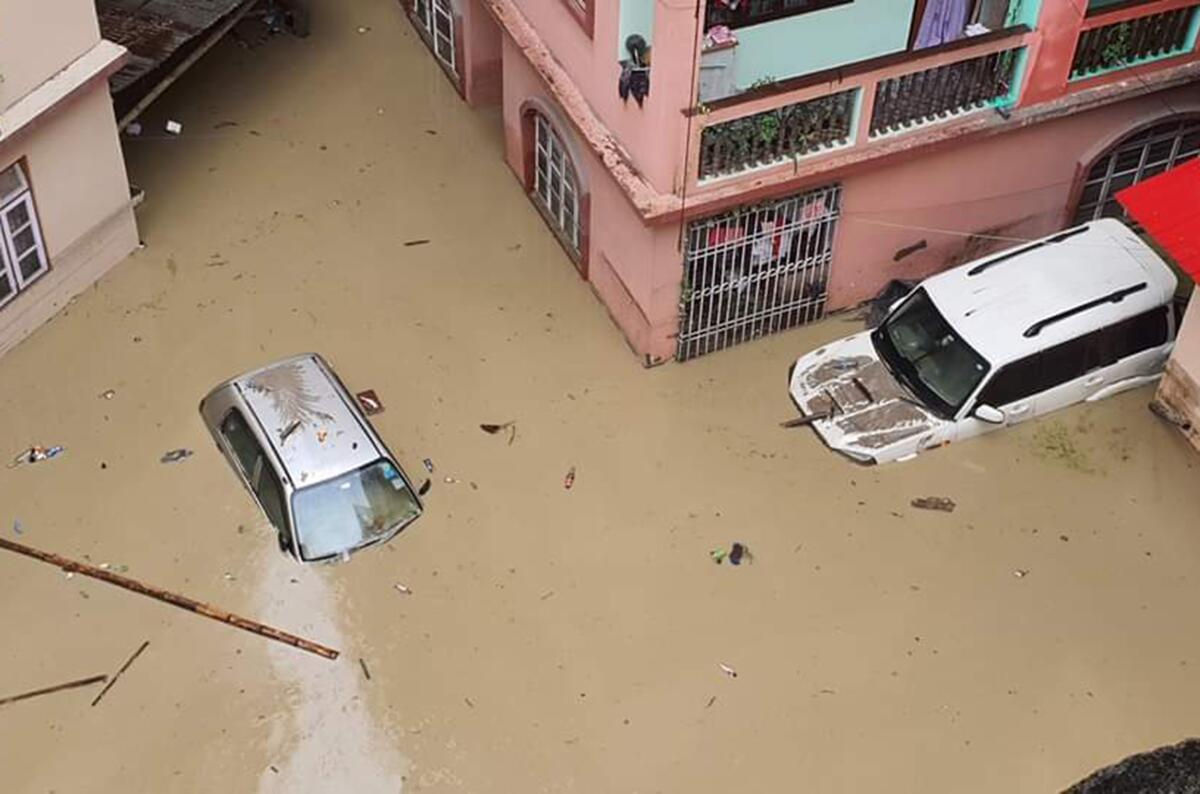
NEW DELHI — Hundreds of rescuers dug through slushy debris and fast-flowing, icy water Friday in a search for survivors after a glacial lake overflowed and burst through a dam in India’s Himalayan north, a disaster that many had warned was possible for years.
It smashed through a major hydroelectric dam downstream and then poured into the valley below, where it killed at least 41 people and forced thousands to flee their homes. Police said that 22 of the dead were found miles downriver in West Bengal state, while 100 people are still missing.
The disaster underscores a climate dilemma that’s pitted local environmental activists who say the dams are too dangerous against authorities pursuing a national green energy agenda for years.
It wasn’t clear what triggered the flood, the latest to hit northeast India in a year of unusually heavy monsoon rains. Experts pointed to intense rain, and a magnitude 6.2 earthquake that struck nearby Nepal on Tuesday afternoon, as possible contributors.
The design and placement of the 6-year-old Teesta 3 dam, the largest in Sikkim state, were controversial from the time it was built.
A report compiled by the Sikkim State Disaster Management Authority in 2019 had identified Lhonak Lake as “highly vulnerable” to flooding that could breach dams and cause extensive damage to life and property.
Native activists fought for years to build support for taking down dams on the Klamath River in Northern California. Now, they hope removing the dams will help save their salmon.
Rising temperatures cause glaciers to melt faster, making dam failures and catastrophic floods more likely, but India is counting on such dams to meet ambitious clean energy goals that are part of a global effort to slow climate change.
The government aims to increase India’s hydroelectric dam output by half, to 70,000 megawatts, by 2030, and has approved hundreds of new hydroelectric dams to be built across the Himalayan region.
But the growing frequency and intensity of extreme weather, driven in part by climate change, puts many dams and the people living downstream from them at risk. Last month, dam breaches caused by Storm Daniel caused devastating damage to the city of Derna in Libya.
A 2016 study found that more than one-fifth of the 177 dams built close to Himalayan glaciers could fail if glacial lakes burst, including the dam in Sikkim.
Cities are being urged to expand their urban tree canopy to mitigate the effects of climate change, but some are replacing mature shady trees with palms.
“We knew that this was coming,” said Gyatso Lepcha, general secretary of Affected Citizens of Teesta, an environmental organization based in Sikkim. “The same can happen with other dams also,” he wrote in a statement that called for a safety review of all dams in the state.
The Teesta 3 hydropower project, built on the Teesta River, took nine years and cost $1.5 billion to construct. The project was capable of producing 1,200 megawatts of electricity — enough to power 1.5 million Indian homes — and began operations in 2017.
Local activists argued that the dam didn’t have enough safety features.
“Despite being the biggest project in the state, there were no early-warning systems installed even though the glacier overflowing was a known risk,” said Himanshu Thakkar of the nongovernmental organization South Asian Network for Rivers, Dams and People.
Toward a more sustainable California
Get Boiling Point, our newsletter exploring climate change, energy and the environment, and become part of the conversation — and the solution.
You may occasionally receive promotional content from the Los Angeles Times.
Thakkar said authorities failed to apply the lessons from a 2021 dam breach in the Himalayan state of Uttarakhand that killed 81 people, allowing an “eerily similar” disaster to occur. India passed a dam safety law in 2021, but the Teesta 3 dam is not listed as being monitored for safety by India’s chief dam regulator, the Central Water Commission.
India’s National Disaster Management Agency said Friday that it plans to set up early-warning systems for real-time alerts at most of India’s 56 known at-risk glacial lakes.
Parts of northern Bangladesh along the Teesta River flooded Friday as water traveled from Sikkim, local media reported. The waters are expected to rise more, and the country’s weather office forecast possible heavy rains in affected areas in coming days.
More than 2,000 people were rescued after Wednesday’s floods, the Sikkim State Disaster Management Authority said in a statement, adding that state authorities set up 26 relief camps for more than 22,000 people affected by the floods.
With no accountability in sight for dams’ collapses and deadly floods in Libya, sorrow for the dead turns to rage over corruption and political chaos.
One soldier who was previously reported missing was rescued, and the bodies of seven others have been found, state police said.
Eleven bridges in the Lachan Valley were washed away by the floodwaters, which also hit pipelines and damaged or destroyed more than 270 houses in four districts, officials said.
The army said it was providing medical aid and phone connectivity to civilians in the areas of Chungthang, Lachung and Lachen, and local media reported that the army was erecting temporary bridges to bring food to affected areas.
Nearly 50 people died in flash floods and landslides in August in nearby Himachal Pradesh state, and record rains in northern India killed more than 100 people over two weeks in July.
More to Read
Sign up for Essential California
The most important California stories and recommendations in your inbox every morning.
You may occasionally receive promotional content from the Los Angeles Times.
